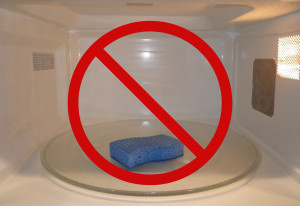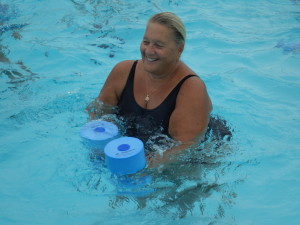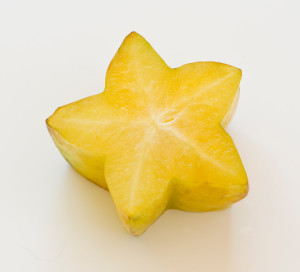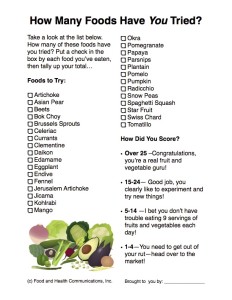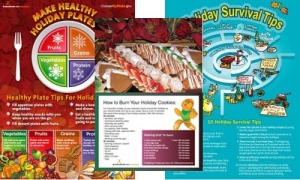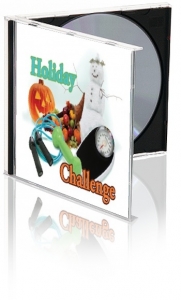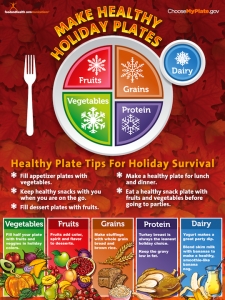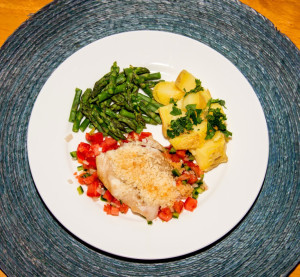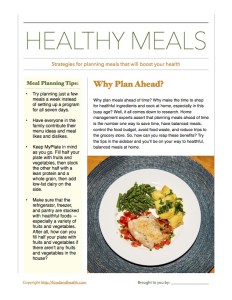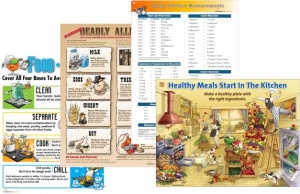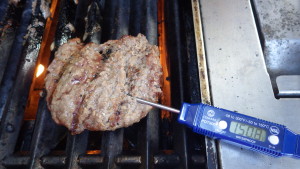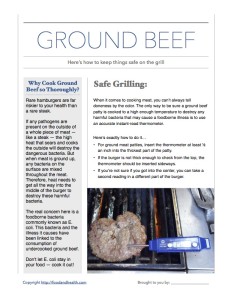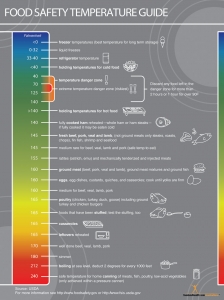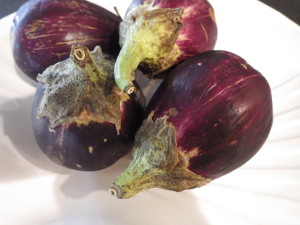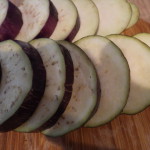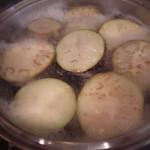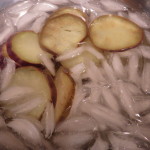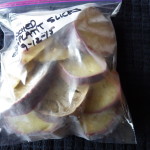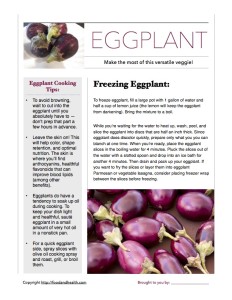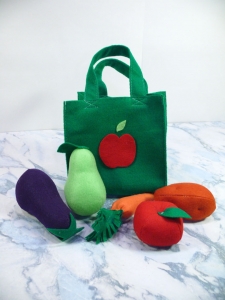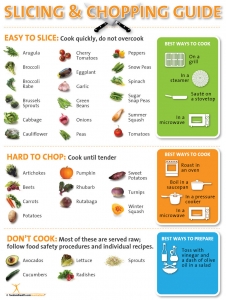 It seems like every couple of months we hear about a cruise ship that came back to port because of an illness outbreak on board. Does this make you want to think twice (or three times) about getting on a cruise ship?
It seems like every couple of months we hear about a cruise ship that came back to port because of an illness outbreak on board. Does this make you want to think twice (or three times) about getting on a cruise ship?
We went on a fairly long cruise last year that had very few ports of call. We knew that once we got on the ship we were going to be there for the duration.
Yes, I gave this a second thought. What if we got sick? It could be miserable. There’s nothing worse than being stuck in a small ship’s cabin when you have diarrhea and vomiting.
Quite frequently the illness found on cruise ships is a norovirus. It can be introduced into a cruise ship by passengers or crew members alike. Why cruise ships? Well, on a cruise, lots of people from all over the world come together to live in confined areas with shared dining rooms and close living quarters.
Norovirus is highly contagious and one of the most common pathogens to cause a foodborne illness. Norovirus is frequently transferred by food handlers dealing with ready-to-eat food.
The symptoms of norovirus include vomiting, diarrhea, nausea, and abdominal cramps. These symptoms can develop within a few hours or a few days after a person is infected and can last for a couple days. People with norovirus are contagious from the moment they begin feeling ill, and they can remain contagious for up to two weeks after the symptoms appear.
Most norovirus illnesses happen when infected people spread the virus to others. It can also be spread through contaminated food or water, or by touching things that have the virus on them.
You think this is scary for a cruise passenger — think how concerned the cruise companies are about it! Turning a ship around because of a norovirus outbreak could cost them plenty, not only financially but also in terms of reputation.
I have to say that I was very impressed with the efforts the staff of our cruise ship made to prevent the spread of an infectious virus.
 For example, we saw our cabin steward the first day and then not again. I asked about him and was told he was sick and confined to his cabin for the rest of the cruise. Employees exposed to norovirus need to be restricted from work with food for at least 48 hours from the time of exposure.
For example, we saw our cabin steward the first day and then not again. I asked about him and was told he was sick and confined to his cabin for the rest of the cruise. Employees exposed to norovirus need to be restricted from work with food for at least 48 hours from the time of exposure.
Moreover, the cruise directors announced that officers would not be shaking hands at the special Captain’s Reception. This abstention helps to prevent passing the virus from person-to-person — very proactive.
However, I did make a mistake one morning.
I was heading to a container of ice water to refill my water bottle and was stopped by a crew member. He said that I could transfer germs from my previously-used water bottle to the tip of the water container, and then that could spread to others. I hadn’t thought of that — what a good catch!
Here are some more steps that the ship took to help reduce the spread of disease.
- Signs around the ship and on the television constantly reminded passengers to wash their hands.
- There were sanitizer dispensers throughout the ship. Some were strategically placed outside the entrances of dining rooms and buffets. While sanitizers should not be used in place of proper handwashing, it was a better option than doing nothing.
- I found handwashing sinks near some of the out-of-the way eating locations.
- The burger place near the pool had a sink inside the restaurant and encouraged folks to wash their hands before selecting food and eating. (Unfortunately I didn’t see many people using it).
- When a higher-than-expected number of passengers or crew become sick, ships implement additional cleaning procedures and use disinfectants to stop the illness. The staff worked tirelessly to keep on top of this.
I didn’t hear of any illnesses on our ship. In reality, only about 1% of all reported norovirus outbreaks are on cruise ships. Visit this website to see the sanitation records of most of the cruise ships that dock in the United States. You’ll want to check it out before you commit to a specific cruise line or ship.
Now let’s take those lessons into day-to-day life.
You can reduce your chances of getting infected with norovirus by making certain to wash your hands often and well. Wash them frequently after touching high-hand-contact surfaces like doorknobs, elevator buttons, and railings.
Wash your hands after going to the bathroom, blowing your nose, and each time you return to your home.
Handwashing before eating and drinking is also important, not just using sanitizer. If water and soap are not available, use an ethyl alcohol-based hand sanitizer, preferably in a gel form. The sanitizer should be at least 60% alcohol.
I hope this helps you avoid illness this year!
By Cheryle Jones Syracuse, MS, Professor Emeritus at The Ohio State University
Here’s a free printable handout with ways that you can reduce your risk of contracting norovirus and other ills!
And here are some other amazing resources from the Nutrition Education Store!







